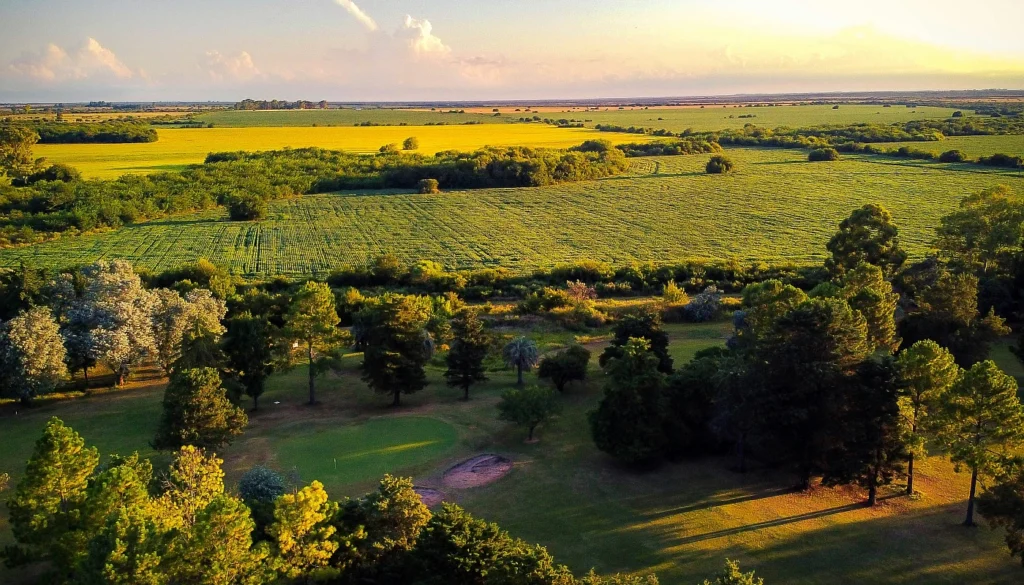Understanding the estimated value of land can feel like guesswork, but it doesn’t have to be. When you see real before-and-after examples, it becomes much clearer how land value can change over time and what factors make a difference. Whether you’ve inherited a rural plot or you’re eyeing a piece of Texas countryside, these examples will give you a better idea of what impacts land value and how you might increase yours.

What Impacts the Estimated Value of Land?
Land value is shaped by many things—access, water availability, use potential, and even small improvements like clearing brush or adding fencing. We’ve worked with many Texas landowners over the years, and we’ve seen firsthand how thoughtful changes can affect the estimated value of land.
Let’s walk through a few examples.
Before and After: Central Texas Acreage, 12 Acres
Before: A family in Central Texas had a 12-acre property that hadn’t been touched in years. Overgrown mesquite and no fencing made it hard to see its potential. When we first looked at it, the estimated value of the land was around $6,000 per acre.
After: With some brush clearing, a new gate, and a basic gravel road for easier access, the land opened up—literally and financially. A few small improvements boosted the appeal to recreational buyers. Within 6 months, similar nearby properties were going for $8,500 per acre. That’s a 40% increase in perceived value.
Before and After: East Texas Wooded Lot, 5 Acres
Before: This wooded lot had no cleared space, and the property lines weren’t well marked. Buyers had a hard time visualising how they might use it. Its estimated value sat around $20,000 total.
After: We helped the landowner mark the corners, clear a small homesite area, and provide updated aerial photos. Suddenly, the property felt more accessible and usable. It later sold for $29,000—nearly a 45% increase from the original estimate.
Using the Estimated Value of Land to Guide Smart Decisions
Knowing the estimated value of land can help you make good choices. For example, it can guide whether small upgrades are worth the time and money. It also gives you a baseline if you’re thinking of selling, holding, or even gifting land to family.
You can use online tools like the USDA’s Land Value Reports to get general state-wide averages. But local knowledge often paints a clearer picture.
Why It Matters in Rural Texas
Many folks don’t realise how a few small steps—marking property lines, clearing access paths, or updating photos—can shift a buyer’s perception. In areas like Hill Country, East Texas, or even the Panhandle, the land’s visual presentation and usability matter more than flashy sales tactics.
And most importantly, understanding your land’s value gives you confidence. Whether you plan to sell, keep it in the family, or just want to know what you have, it’s empowering to understand its worth.
Want help figuring out what your land is worth? Reach out anytime.
Photo by Hector Ramon Perez on Unsplash